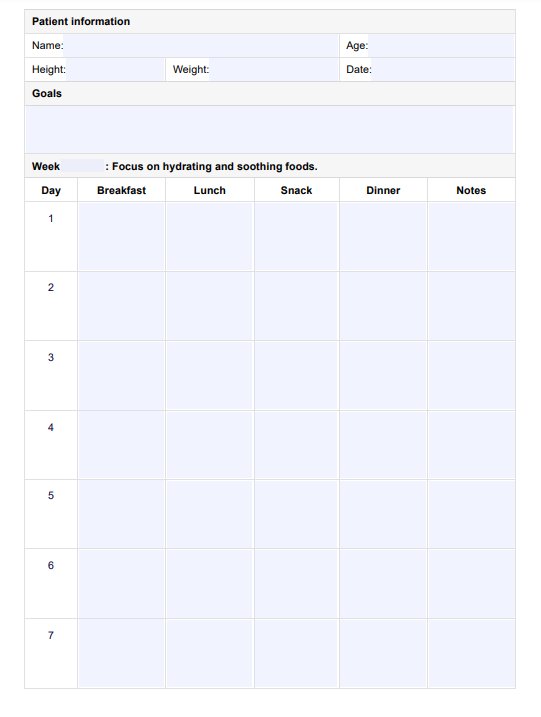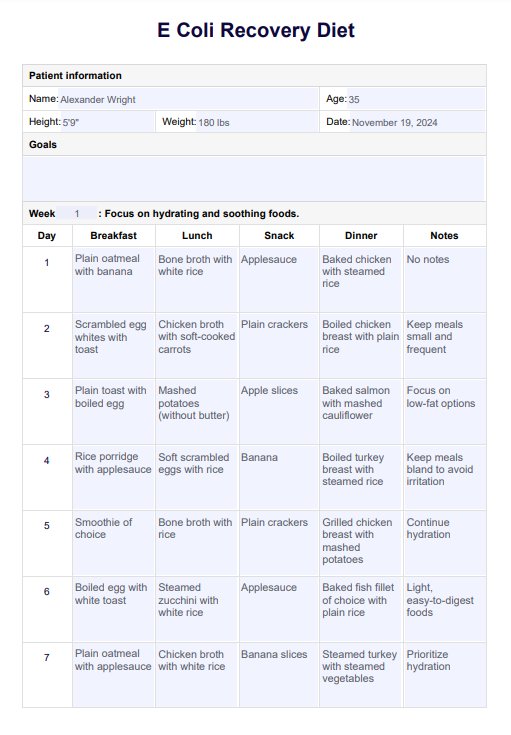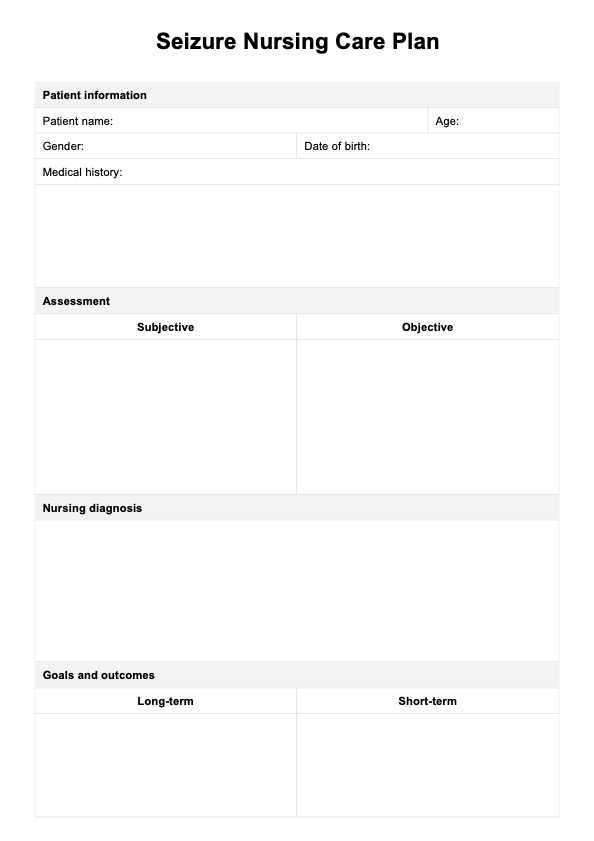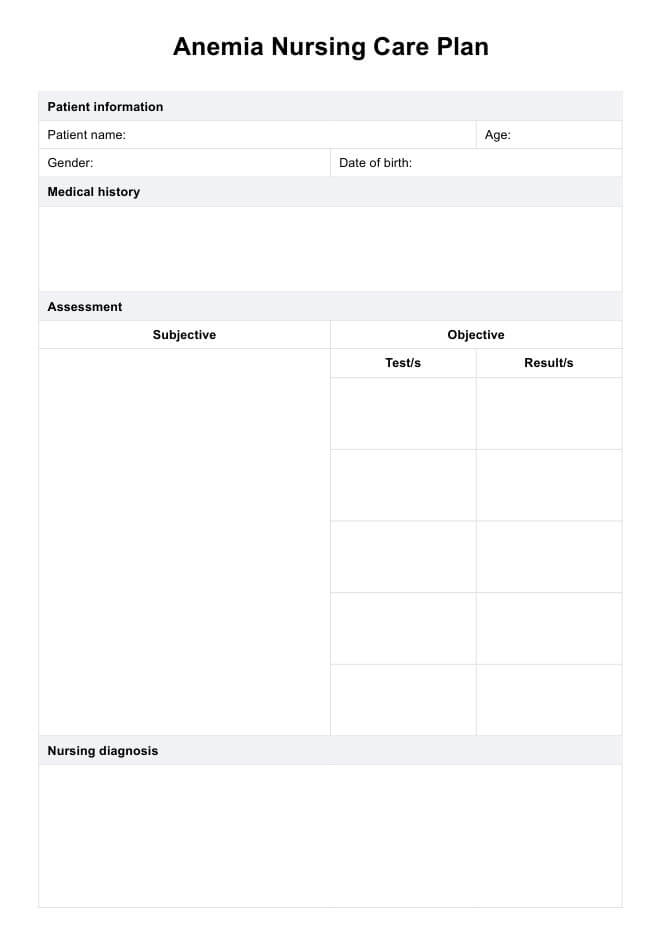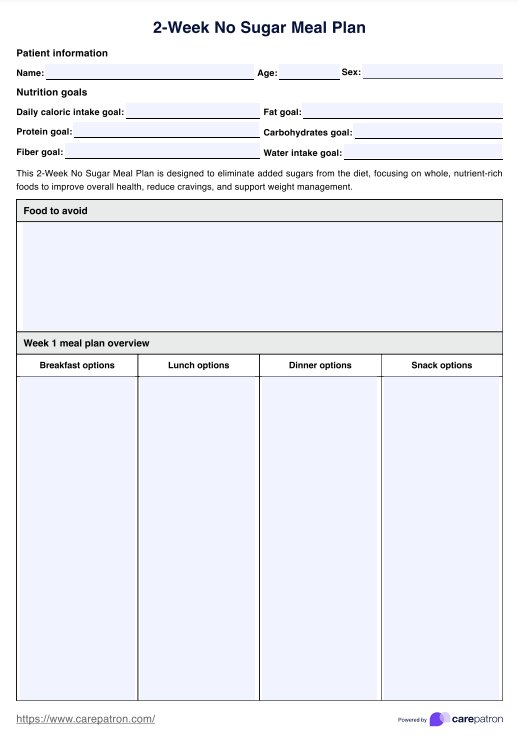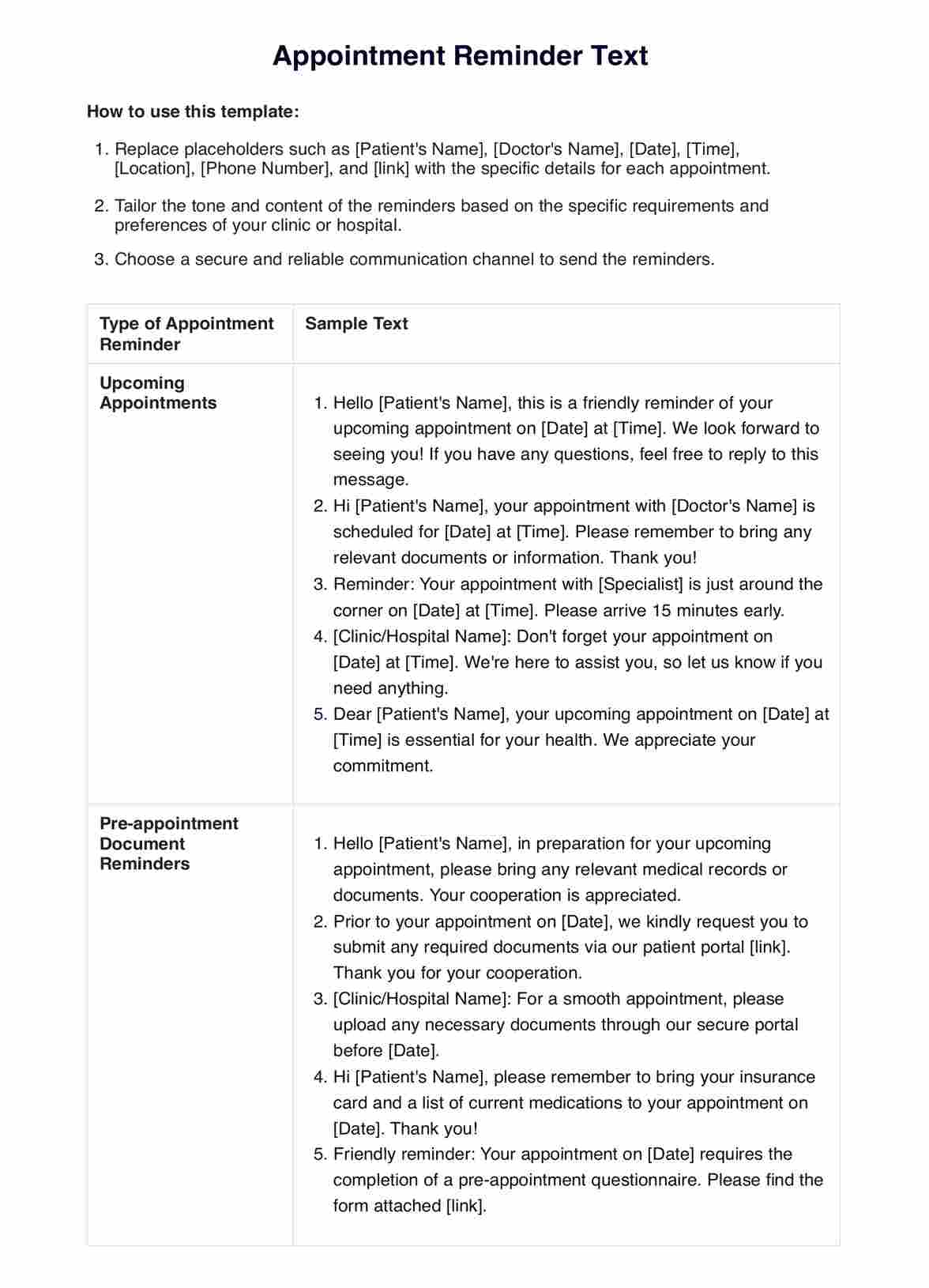E. Coli Recovery Diet
Discover more about E. coli recovery, what foods to recommend and avoid, and the benefits of an E. Coli Recovery Diet plan.


What is E. coli?
Escherichia coli (E. coli) is a gram-negative bacterium found in the intestines of humans and animals. While most strains are harmless and essential for a healthy digestive system, certain pathogenic strains of E. coli can cause serious health issues. These harmful strains are often transmitted through eating contaminated food, such as undercooked meat, raw vegetables, or unpasteurized milk. Infections caused by E. coli are referred to as coli infections.
A common symptom of E. coli bacteria infections is diarrhea, which can range from watery to bloody. Other coli symptoms include stomach cramps, nausea, and fatigue. One of the most severe outcomes of coli infections is hemolytic uremic syndrome (HUS), which can lead to kidney failure. Shiga toxin-producing E. coli (STEC) is a particularly dangerous strain that causes bloody diarrhea and can result in life-threatening complications (World Health Organization, 2018).
Coli infections are most commonly associated with eating contaminated food, but they can also spread through person-to-person contact or contaminated water. Subtypes like ETEC and EPEC frequently cause watery diarrhea in resource-limited settings, often affecting young children and travelers. Due to its significant impact on public health, prompt diagnosis and management of E. coli infections are critical to preventing severe complications (Mueller & Tainter, 2023).
E. Coli Recovery Diet Template
E. Coli Recovery Diet Example
What is an E. Coli Recovery Diet?
An E. Coli Recovery Diet is a specialized eating plan designed to help individuals recover from coli infections caused by harmful strains of coli bacteria. This diet focuses on gentle, easy-to-digest foods that promote healing and help the body recover from the effects of bloody diarrhea, watery diarrhea, and severe stomach cramps caused by the infection. The diet also aims to prevent dehydration, a common complication of coli outbreaks.
Foods to include
When recovering from an E. coli infection, patients should focus on eating gentle foods on the stomach to help restore lost nutrients. The primary goal is to stay hydrated and avoid further irritation to the digestive system. Clear liquids such as water, broths, and oral rehydration solutions are essential for replenishing fluids and electrolytes lost due to watery and bloody diarrhea.
Simple, easy-to-digest foods such as plain rice, bananas, and applesauce are ideal as recovery progresses. These foods help soothe the stomach and provide necessary carbohydrates without stressing the intestines. Additionally, probiotic-rich foods like yogurt can aid in restoring the balance of healthy gut bacteria that may have been disrupted during the infection.
Steamed or well-cooked vegetables, such as carrots and potatoes, are also safe choices. These foods are low in fiber and help reduce the risk of abdominal cramps.
Foods to avoid
During recovery from an E. coli infection, it’s essential to avoid foods that can worsen symptoms or introduce new risk factors. Raw or undercooked foods, particularly raw meat, and undercooked ground beef are major sources of coli contamination and should be strictly avoided. Consuming raw milk or unpasteurized dairy products also increases the risk of coli infections, as these items can harbor Shiga toxin-producing bacteria.
Raw fruits and vegetables, especially those not properly washed, may carry fecal contamination and should be avoided until fully recovered. Fatty foods, spicy dishes, and high-fiber items should also be excluded as they can trigger abdominal cramps and severe illness.
Individuals should be cautious when eating food prepared by someone in contact with an infected person to avoid cross-contamination. Failing to follow proper hygiene or consuming certain foods can lead to serious complications, such as kidney failure, especially in vulnerable groups like children or the elderly.
How does our E. Coli Recovery Diet template work?
The E. Coli Recovery Diet template is a structured approach designed to help patients recover from an E. coli infection by supporting hydration, nutrition, and gut health. Medical professionals can use Carepatron’s E. Coli Recovery Diet template for efficient patient management, ensuring tailored care during the recovery process.
Step 1: Access the diet plan
Medical professionals can find the E. Coli Recovery Diet template within this guide. This template is a useful tool to help assess and monitor patient recovery while ensuring the right dietary changes are made. It offers a clear, structured format for implementing a recovery diet plan.
Step 2: Discuss goals and collaborate on diet plan
The primary goal of the E. Coli Recovery Diet is to prevent dehydration, alleviate abdominal cramps, and restore gut health. Healthcare professionals can structure the plan by starting with hydrating and soothing foods. After a week or two, you can recommend a gradual reintroduction of diverse foods like lean proteins, probiotics, and low-fiber vegetables while avoiding irritants.
Step 3: Provide further patient education and next steps
Once the diet plan is in place, medical professionals should educate patients on food safety and avoiding contamination. Clear guidelines should be provided on food preparation, hygiene, and when to seek further medical attention. Regular follow-up appointments ensure continued progress and address any complications.
Benefits of an E. Coli Recovery Diet Plan
An E. Coli Recovery Diet plan helps manage and alleviate symptoms associated with coli infections, including abdominal cramps, diarrhea, and bloody diarrhea. It provides a structured approach to reduce the impact of chronic diarrhea and aids in restoring gut health after infection.
The diet plan supports hydration and ensures essential nutrients are absorbed, which is crucial for individuals with weakened immune systems or those recovering from serious illness. The plan helps reduce stomach acid and promotes healing within the digestive tract by focusing on easily digestible foods.
Additionally, appropriate planning minimizes the risk of urinary tract infections, a common complication in individuals with ongoing gastrointestinal issues. For those experiencing severe symptoms or complications like hemolytic uremic syndrome (HUS), a tailored diet can help prevent further strain on the body.
Reference
Mueller, M., & Tainter, C. R. (2023, July 13). Escherichia coli infection. StatPearls Publishing. https://www.ncbi.nlm.nih.gov/books/NBK564298/
World Health Organization. (2018, February 7). E. coli. World Health Organization. https://www.who.int/news-room/fact-sheets/detail/e-coli
Commonly asked questions
Eating raw or undercooked meat, especially ground beef, increases the risk of E. coli infections, as the bacteria can be present in the meat and survive if not properly cooked. This can lead to severe gastrointestinal symptoms like bloody diarrhea and abdominal cramps.
Drinking raw milk poses a risk of E. coli infection because it may contain harmful bacteria from contaminated cows. Pasteurized milk is a safer alternative, as the heat treatment kills any potentially harmful bacteria, including E. coli.
Symptoms of E. coli infection include abdominal cramps, watery diarrhea, and bloody diarrhea, which can be more severe than typical food poisoning. Unlike other foodborne illnesses, some E. coli strains can lead to serious complications like hemolytic uremic syndrome (HUS), particularly in vulnerable populations.


